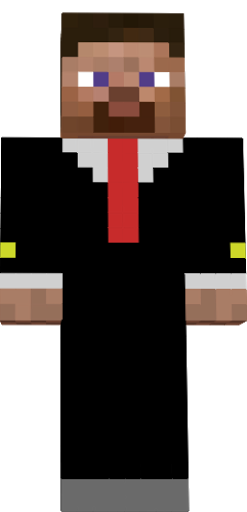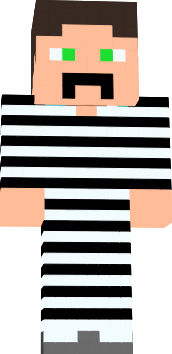Article II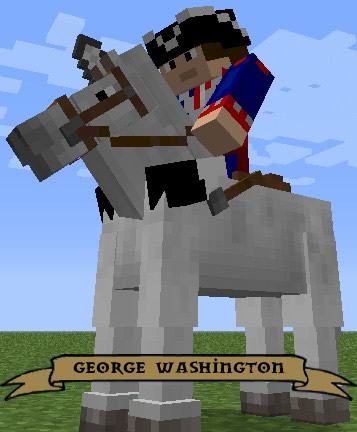
Section I
The executive Power shall be vested in a President of the United States of America. He shall hold his Office during the Term of four Years, and, together with the Vice President, chosen for the same Term, be elected, as follows...
Section II...
Full text available at the US government transcript site.
the different sections of Article II.
 This article is all about the Executive branch of the United States Government. As we said before there are three branches; the Legislative, Executive, and the Judicial branch. Each branch has their own specific duties & responsibilities. The Executive branch is where the rules are for the President, Vice-President and their responsibilities as the heads of our country (think like Notch runs Mojang). The President has a lot of jobs to take care of and some of what he can and cannot do is listed in Article II. He has a number of people who report to him such as the Secretary of Defense and the Secretary of the Treasury. I don't mean the kind of secretary that helps you by answering the phone and filing the paperwork (I bet they do a lot of that also though). These Secretaries act as the head of their departments and run those section on behalf of the President. As always, I highly recomend reading the original language at the government archive site either before or after reading my explanation. It would be a good idea to read the Federalist and Anti-Federalist papers as well as James Madison's notes on the Constitutional Convention if you want to understand what the founding fathers were so worried about. Alright, here we go!
This article is all about the Executive branch of the United States Government. As we said before there are three branches; the Legislative, Executive, and the Judicial branch. Each branch has their own specific duties & responsibilities. The Executive branch is where the rules are for the President, Vice-President and their responsibilities as the heads of our country (think like Notch runs Mojang). The President has a lot of jobs to take care of and some of what he can and cannot do is listed in Article II. He has a number of people who report to him such as the Secretary of Defense and the Secretary of the Treasury. I don't mean the kind of secretary that helps you by answering the phone and filing the paperwork (I bet they do a lot of that also though). These Secretaries act as the head of their departments and run those section on behalf of the President. As always, I highly recomend reading the original language at the government archive site either before or after reading my explanation. It would be a good idea to read the Federalist and Anti-Federalist papers as well as James Madison's notes on the Constitutional Convention if you want to understand what the founding fathers were so worried about. Alright, here we go!
This tells us that the the President is the head of the Executive branch. That means that he is the guy that is supposed to make certain the laws passed by congress and has to run the business side of the government. This section talks about how long the President and Vice President are in offce after each election (4 years). The Founders also specified how the election for the office should be handled. The delegates at the convention decided to use an Electoral College to make the final choice of the President. The states each get to choose a number of people, called "Electors," from their state to get together and vote on who will be President. Each state has to pick their own method of chosing Electors, but they can only have as many electors as they have Congressmen and Senators all together. No one that is in an elected office already can be an Elector. The electors gather and cast their votesfor the President and Vice President using a ballot and then the results from each state are passed on to the Federal Senate for the President of the Senate to count and declare the results to the rest of the country. These days the Electors make their choice based on what the people of their state have decided, some states give all of their "Electoral Votes" to the candidate that won the election in their state and others divide the Electoral Votes between the candidates by how many of the people's votes they received.
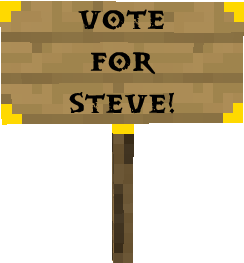 Congress gets to set the time when the Electors are selected and what day they have to provide their votes to the Senate. There are some restrictions on who can be present as well. The President has to be a natural born citizen of the United States. That means he or she has to have been born in the US or to US Citizens. The founders did not want someone elected who might still owe something to their country of birth. They were worried that such a person might make decisions in favor of that country instead of our own. The President has to be at least 35 years old and has to have lived the previous 14 years in the United States. They wanted someone who had experienced more of life in the hopes that an older President would be wiser.
Congress gets to set the time when the Electors are selected and what day they have to provide their votes to the Senate. There are some restrictions on who can be present as well. The President has to be a natural born citizen of the United States. That means he or she has to have been born in the US or to US Citizens. The founders did not want someone elected who might still owe something to their country of birth. They were worried that such a person might make decisions in favor of that country instead of our own. The President has to be at least 35 years old and has to have lived the previous 14 years in the United States. They wanted someone who had experienced more of life in the hopes that an older President would be wiser.
If the President messes up really badly and is removed from office or leaves early for any other reason the Vice President takes over and acts as President for the rest of the 4 years until the next election. Either way the President gets a paycheck just like Congress. Since the office lasts 4 years that is a long time to not get a paycheck and since you can't have 2 jobs when you are the President (imagine the President trying to deliver your pizza!) there has to be a salary to pay for the time.
Finally, whomever takes office is required to take an oath that says he or she will do their best in the job and everything they can to support and defend the Constitution of the United States. That means the President has to take a close look at laws that are passed to him by Congress and veto ones that do not follow the Constitutional guidelines. The President is supposed to help keep griefers in Congress from sending through stuff that could break the rights guaranteed in the Constitution and the Bill of Rights. It also means that the President promises to not do anything on the office side that breaks the rules in the Constitution or helps others break the rules.
Section II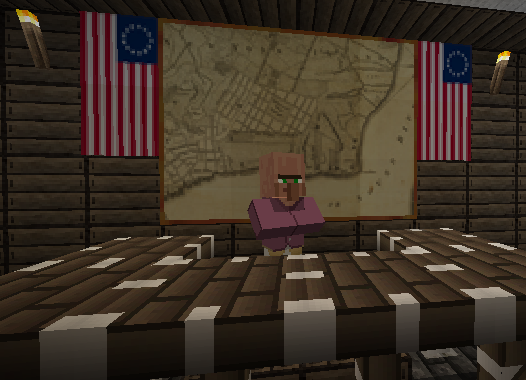
Here we get to the stuff the President is allowed to do other than get elected! First of all, the President is the "Commander in Cheif" of the Army and Navy. He (or She!) is also the top commander for the Militia (remember them?) whenever they are on active duty working for the government. Remember that Congress are the ones that get to declare war, the President gets to command the troops when war is declared and may use them to defend the country when attacked with or without any agreement from Congress.
The chief also is the boss of the different executive departments and can make the different departments give him a report on what is going on with their department or anything that falls under their job category. Say the Department of the Treasury is working on a new type of money to replace the bills we use now, the President could ask them for a report on what they were considering. In the same section the Founders gave the President the ability to pardon or repreive a person from punishment for crimes against the country unless the pardon or repreive would stop an impeachment.
The President also has the power to negotiate treaties as long as the Senate is involved with the process and two thirds of them agree with the terms of the treaty. She (or He!) can appoint Ambassadors to communicate and negotiate with other countries (also with the help of the Senate) as well as judges of the Supreme Court and other offices like members of the cabinet, the Secretary of Defense, and others. Many of them have to be confirmed by Congress before they can take the job the President offers. If the Senate is not in session and a position opens up in one of the offices the President has control over he can appoint a temporary person until the end of the next session of Congress.
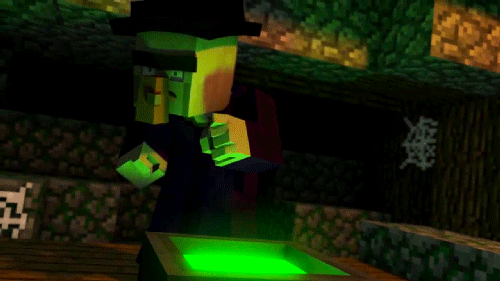 Section III
Section III
This is about the President's duty to give a speech to the Congress about how the country is doing, We call this the "State of the Union" speech. The problems the country is facing, the successes we have experienced, and any suggestions the President has for Congress on new projects or solutions for problems. He is also expected to meet with ambassadors from other countries and presidents or kings from other countries as well. .
This is about times when a President, Vice President, or other official in the US government can be removed from office (they call it impeachment when the congress starts the trial that is to determine whether the President will have to leave. The categories that can get a President kicked out of office are treason, Bribery, or other high Crimes and Misdemeaners. Basically if the President breaks the law and gets found to be guilty he can be fired.

